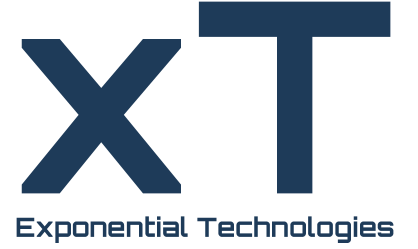The approach most commonly used for finding new chemical formulations and processing parameters is the use of classical Design of Experiments (DoE) software most often in combination with statisticians, data scientists or DoE experts. Not only is the DoE software frequently complicated and not user friendly, it also requires expert knowledge in statistics. These factors lead to bottlenecks and inefficiencies in the R&D process of many industrial companies.
xT SAAM automates this process by combining classical DoE methods with novel AI algorithms. This allows domain experts and laboratory personnel to run experiments without the need of DoE experts in a fast and efficient manner. Compared to other techniques xT SAAM finds satisfactory results with less samples required, which additionally reduces R&D time and cost, and shortens the go-to-market time for innovative products.
Project aim
The aim of the pilot project between one of the largest specialty chemicals companies in the world and Exponential Technologies Ltd. was to compare the xT SAAM software, developed and distributed by Exponential Technologies Ltd., with the classical DoE approach. For the comparison a new formulation for a stereolithography apparatus (SLA) resin together with appropriate SLA 3D printer parameters was developed. The goal of the optimization was to maximize elongation at break and the tensile strength of the final printed part.
Experiment setup
The optimizable parameters were the proportions of 3 mixture components and 2 printer parameters. Mixture and printer parameters were optimized simultaneously and the amount of printed samples was limited to 25. For the classical DoE the standard procedure was used, including a researcher, a DoE expert and the professional DoE software used by the specialty chemicals company. For xT SAAM the researcher received a short introduction into the software and then worked on the experiments without further assistance
Results
After 25 printed samples the classical DoE approach as well as xT SAAM delivered satisfactory results. The overall experiment took ~6 weeks. Laboratory tests and delays in the classical DoE process took roughly 80% of the time. By reducing necessary laboratory work and delays in the experimental process, xT SAAM could already bring significant benefit to the experimental process.
Conclusion
The specialty chemicals company concluded that xT SAAM excels the classical DoE approach in usability, flexibility and overall experiment efficiency (cost reduction). The classical DoE approach had more overall information depth as the used version of xT SAAM was lagging analytical tools for deeper explanation of the results.
Using this valuable feedback, during and after the pilot project Exponential Technologies implemented additional analytical modules and tools to improve the information depth and is working on further improvements such as interactive scripting engine and data science task automation. Current additions to the software are the predictions of regions of interest within the search space and analytical tools designed for data scientists and DoE experts to run high level analytics of the results.
For more information contact us: info@x-t.ai


